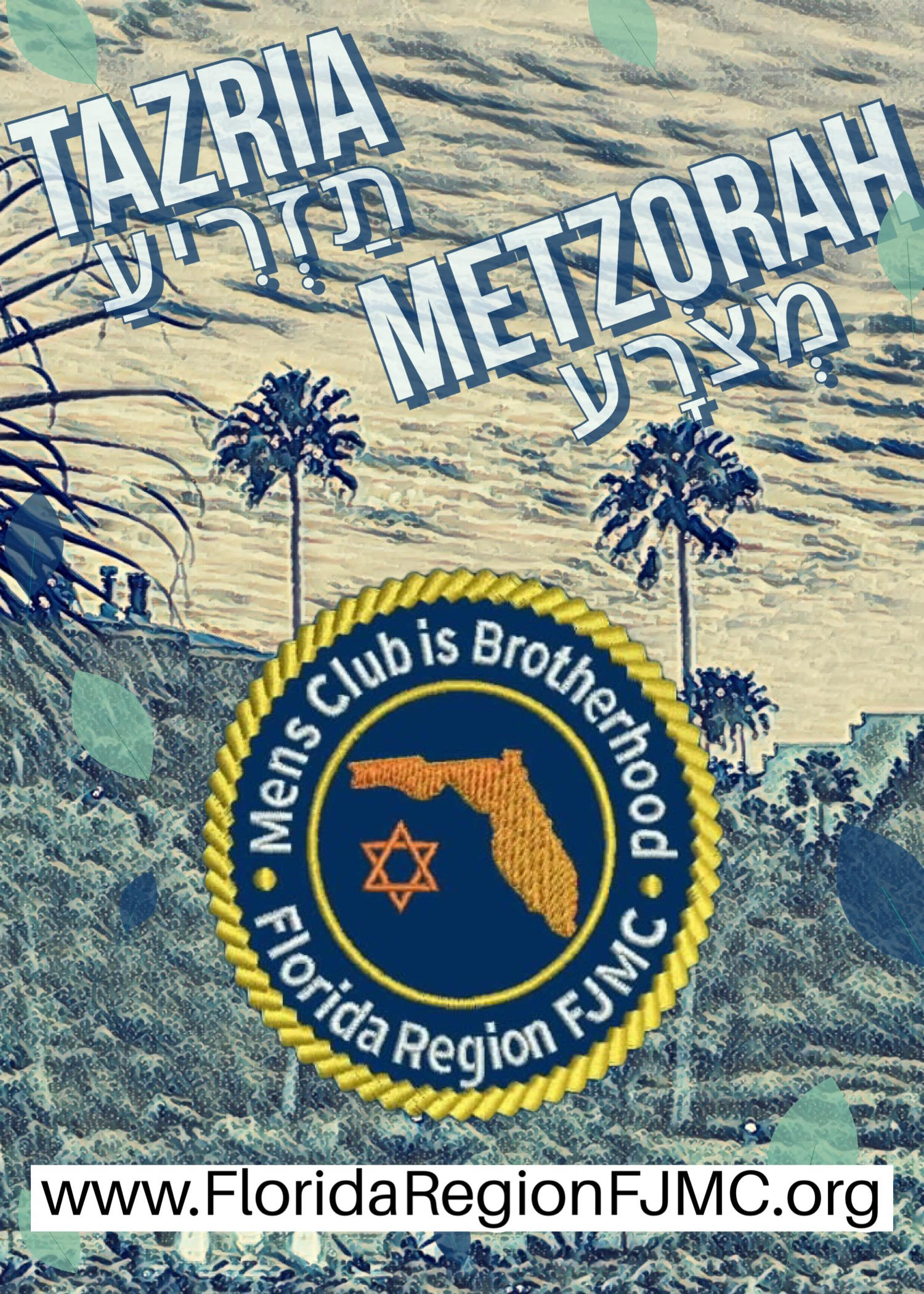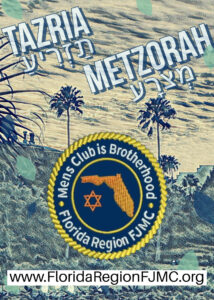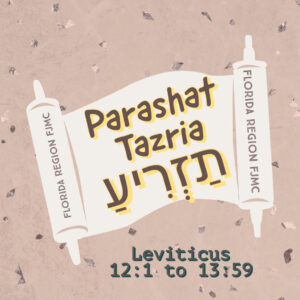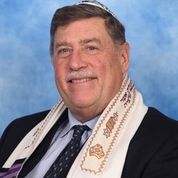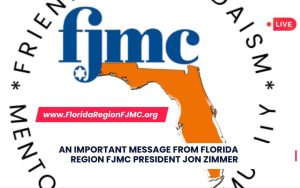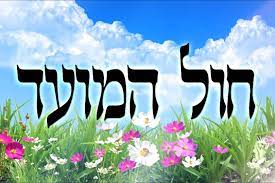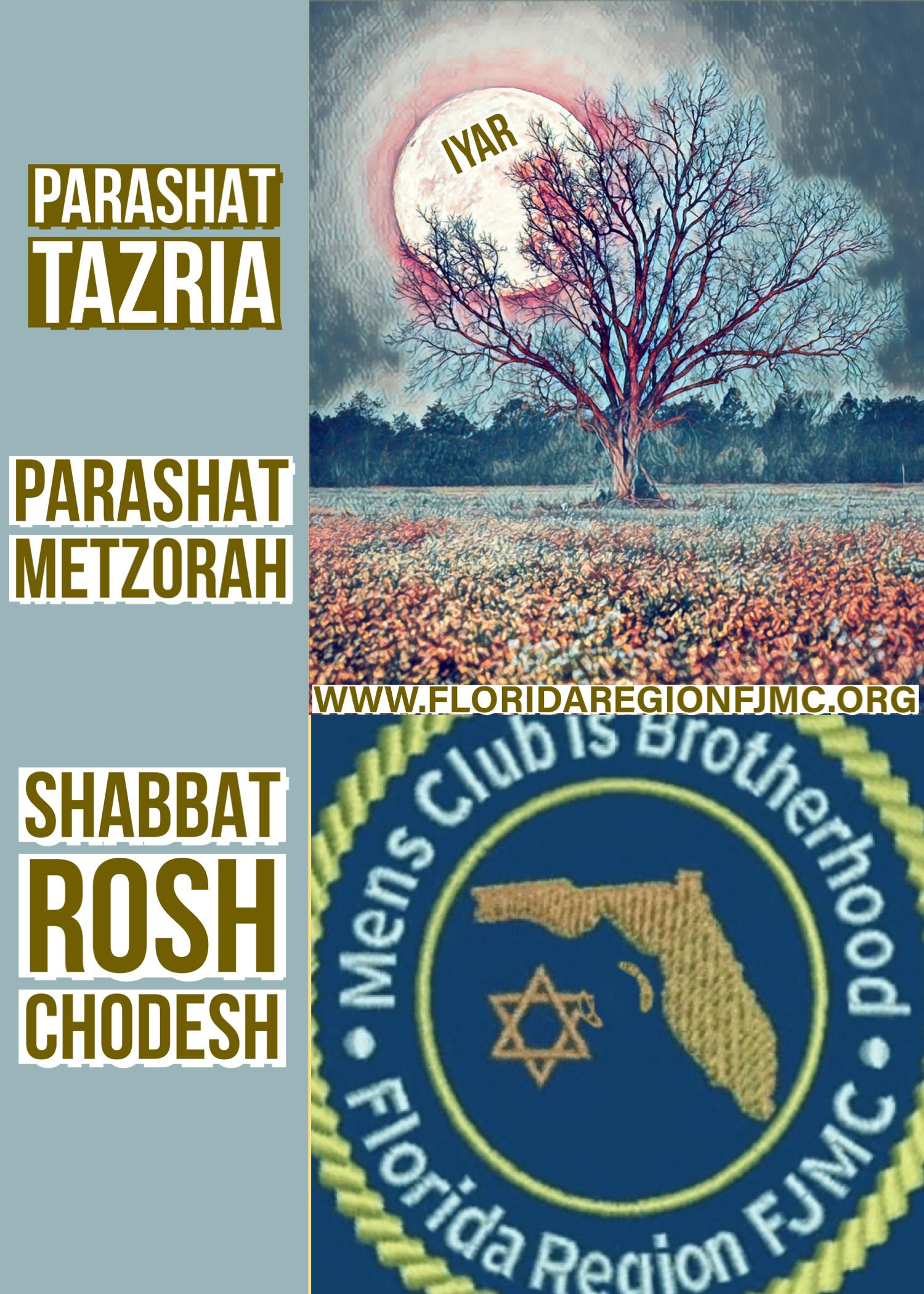
When you Choose Shabbat, you choose to learn that every Shabbat is different and special. This week I learned about Parashat Tazria (תַזְרִיעַ) and Parashat Metzorah (מְצֹרָע ), the 27th and 28th weekly Torah portions in the annual cycle of Torah readings, as well as the last two readings from the Book of Leviticus. I also learned that the lunisolar Hebrew calendar contains up to 55 weeks, the exact number varying between 50 in common years and 54 or 55 in leap years. According to Wikipedia, in leap years (for example, 2024 and 2027), parashah Tazria is read separately. In common years (for example, 2023, 2025, 2026 and 2028), parashah Tazria is usually combined with the next parashah, Metzorah, to help achieve the number of weekly readings needed.
According to Wikipedia, Tazria (תַזְרִיעַ), Leviticus 12:1 through 13:59, contains 3,667 Hebrew letters, 1,010 words, 67 verses and makes up 128 lines of the Torah scroll . In contrast, Metzorah (מְצֹרָע), Leviticus 14:1 through 15:33, contains 4,697 Hebrew letters, 1,274 words, 90 verses and 159 lines of Torah.
Rabbi Michael D Klein of Temple Torat Emet offers his insights on this week’s double Torah reading, Tazria and Metzorah:
“At first glance, these Torah readings are a dermatologist’s dream handbook for diagnosing and treating skin diseases. However, if we go below the skin (pun intended), we realize that these Sidrot are reminders that we must be aware of what we say and how we care for our bodies.
In early morning prayers we are given these instructions, “Praised are you G-d who rules the Universe fashioning the human body in wisdom, creating openings, arteries, glands, and organs, marvelous in structure, intricate in design. Should but one of them fail to function by being blocked or opened, it would be impossible to survive and serve You. Praised are you Adonai, healer of all flesh, sustaining our bodies in wondrous ways.“
This teaches us to be aware of our bodies and to care for ourselves because we contain within us a marvelous soul whose main objective is to love and serve G-d. This is why we, as Jews, are commanded to care for the body even after death, because during life it was the container of a Holy breath of G-d. This is also why, each morning, when we wake we say the prayer “Modeh Ani’ thanking G-d for restoring the soul to our body.
On a deeper level, these Sidrot also offer the opportunity to heal not only our body, but also our soul, by also being aware of the words that emanate from our mouths. The Rabbis view Metzora, the companion Sedra as an acronym for Motzi Shem Ra- finding fault and uttering evil speech against others. If a person can only find faults in others and not reflect upon their own faults, then it represents spiritual illness which is given the Hebrew name “Nega Tzaraat”. This is not leprosy, as some mistakenly interpret it, but a manifestation of illness caused by publicly defaming others and seeking to blame others when the real fault lies within ourselves.
However, there is hope! When a person seeks to lift themselves out of this morass, they can purify themselves by accepting responsibility for their actions and speech and seeking a better way. Thus, we come to understand, that the Torah views this type of illness holistically. One cannot heal themselves physically unless they are willing to take ownership of their own misdeeds and evil speech and seek sincere change and improvement which takes introspection and hard work. Let us hope and pray that we are all aware of the actions we perform and the words we say so that we may be spiritually and physically clean and incline ourselves toward service of G-d.
Questions to Consider
- Why is the Kohein responsible for diagnosing Tzaraat?
- How is it possible for a house to have Tzaraat?
- What 2 offerings are given by the person who recovers from Tzaraat? Why?“
Rabbi Michael D. Klein attended Yeshiva College of South Florida and served as Torah Reader, Hebrew teacher, Chazzan and spiritual leader of various synagogues throughout South Florida. In January 2015 he became Ritual Director, Bnai/Bnot Mitzvah instructor and 7th grade Hebrew instructor for Temple Torat Emet of Boynton Beach. In October 2019 he was accepted into an accelerated track and received his shicha from Yeshiva Adath Wolkowisk and has been the Rabbinic leadership of Temple Torat Emet since August 2020. In September of 2022 he was appointed Rabbinic and Spiritual Advisor of the Florida Region of FJMC.
Choose Shabbat; choose to celebrate, to light candles, sing songs and learn a little Torah.
This moment of Jewish Learning is brought to you by the Florida Region of the Federation of Jewish Men’s Clubs (FJMC). We are part of a confederation of over 200 Jewish Men’s Clubs and Brotherhoods representing over 20,000 members across the United States, Canada, Latin America, and beyond. Learn more about how your Jewish Men’s Club or Brotherhood can affiliate with the FJMC at: https://www.fjmc.org/content/affiliating-fjmc.
The Florida Region of FJMC serves the needs of affiliated Men’s Clubs and Brotherhoods throughout the State of Florida. Get to know more about the FJMC Florida Region and our growing network of Jewish Men’s Clubs and Brotherhoods at www.floridaregionfjmc.org and please visit and LIKE our Florida Region FJMC Facebook Group at www.facebook.com/FloridaRegionFJMC.
